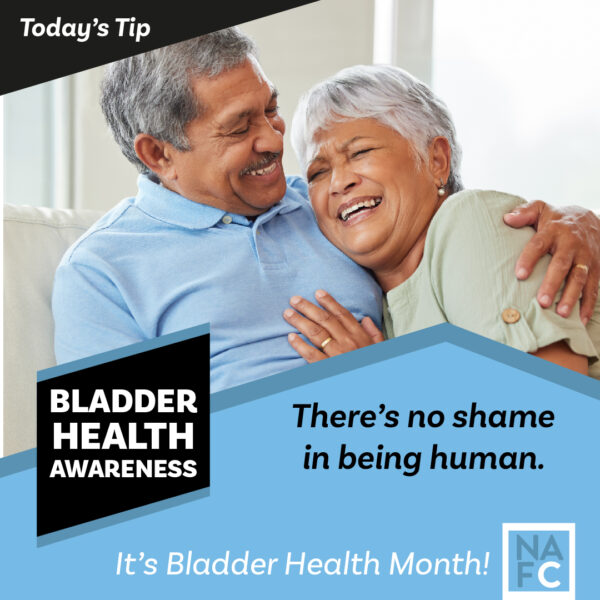By Dr. Donna Deng, the Director of Female Reconstructive Urology and Neuro-Urology for Kaiser Permanente Northern California
There are two main types of incontinence—stress and urgency. Treatment for them is very different. Before operating on a patient I try to remind them that this is their quality of life, if it doesn’t bother them, it doesn’t bother me. The patient guides treatment, and my job is to explain the treatment options, surgical and non-surgical.
Surgical treatments for stress incontinence can be divided into two categories—urethral bulking agent injection or some type of suspension (sling). The urethral injections are in the form of collagen or Durasphere. Suspension surgery is when a sling is used. There are three main ways to perform suspension surgery. The first is Burch suspension, where tissue around the urethra/vagina is lifted up. This can be done by making a cut in the abdomen or laparoscopically. The other two are the pubovaginal sling and the mid-urethral sling, which are implanted through the vagina. These use different types of material, and most commonly now is synthetic mesh. The surgeon and patient will decide what material is best for the patient.
Like any surgery, continence surgery has risks. It is common that the surgery may have fixed the stress incontinence, but symptoms of frequency, urgency or urge incontinence may persist or appear. Other risks are not being able to fully release all urine, vaginal mesh erosion, vascular and bowel problems, and significant bleeding. A patient needs to think about the risks before going into surgery because there are different ways to perform anti-incontinence or sling surgery. The risks vary.
Surgical treatments for urgency incontinence include using Botox and nerve stimulation implants (InterStim). They are used to calm the bladder. Botox lasts about six months and will need to be reinjected. The InterStim is safe and reversible and can last from three to five and up to ten years (depending on the size of the battery), but it requires a little more surgery than injecting Botox into the bladder. Patients who receive neurostimulator need to be aware that they cannot have an MRI and will set off alarms in airports.
Prolapse is usually not detrimental to health. Often there is a little bit of falling, but if it is not affecting the patient’s quality of life, my advice would be to not undergo any extensive reconstructive surgery. Surgery for prolapse is not a cure all. The outcome of this type of surgery varies with every patient. Lifting through the vagina or abdomen needs to be tailor made for each person.
Surgical treatments are the same for the old as for the not so old, and results are similar. There is no reason not to proceed with surgery based on chronological age. Each person is different, and chronologic age is not a good indicator of how healthy someone is.
Dr. Deng has disclosed that she has no financial interests related to this topic.
About The Author:
Dr. Donna Deng is the Director of Female Reconstructive Urology and Neuro-Urology for Kaiser Permanente Northern California, caring for nearly 4 million people. Prior to this recent move, she was Associate Professor of Urology at the University of California San Francisco. During this decade long tenure, she helped develop the use of stem cells in the treatment of urinary incontinence and bladder function, as well as teach and mentor countless medical students and residents in the art and science of Urology. She continues to lecture at national meetings and publish in peer-reviewed journals and major textbooks.













